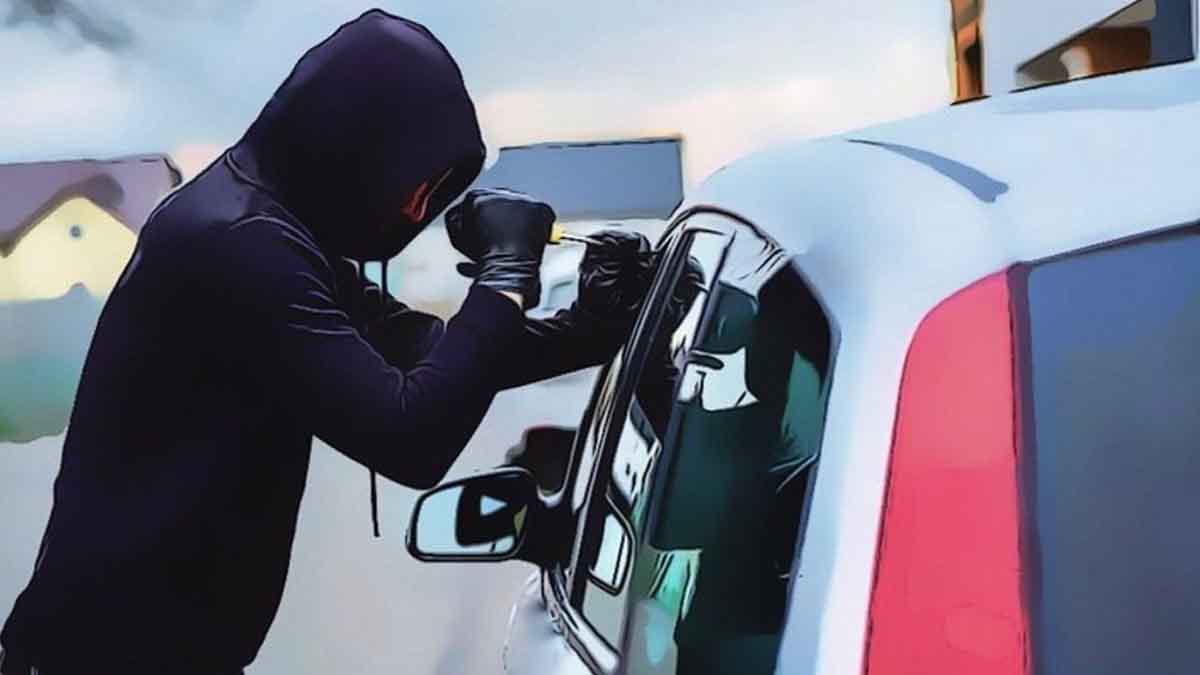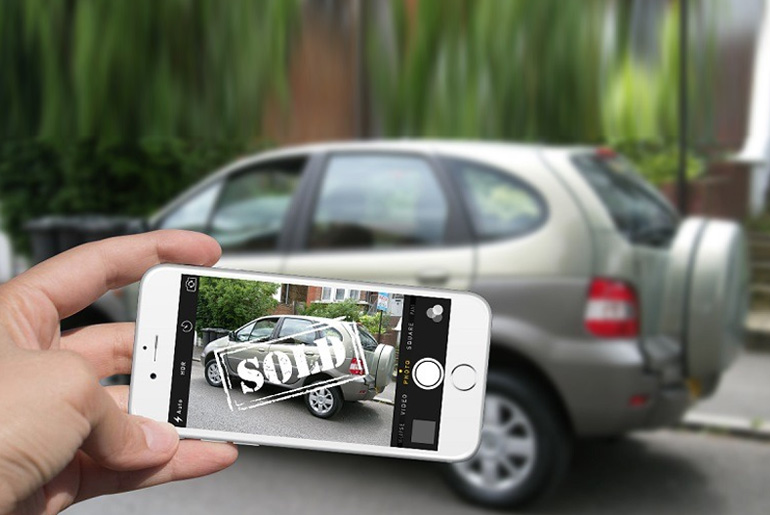Buying a car is hard, and inspecting a car is harder. Learn how to thoroughly inspect a car with our blog.
Table of Contents
While this inspection should not be used instead of a more detailed inspection by a mechanic, it is a great way to get a feel for the car and decide whether you will be comfortable driving it. We have put together a quick checklist of things to look for when inspecting a used car for the first time.
Buy top trending Car accessories in Lagos and Original Korea Battery now Check @carfanzy Lagos on Instagram
- Inspect the Seats and Steering Wheel
You are going to spend more time sitting behind the steering wheel of the vehicle than you will anywhere else. For this reason, plan on conducting a good portion of the initial inspection from behind the steering wheel.
Things you should consider during this part of the inspection include steering wheel positioning and adjustability, gas and brake pedal positioning and adjustability, driver’s seat comfort and adjustability, control layout and reachability, seat belt fit, and view of the instrument panels. Also check out the storage areas, such as cubbies and glove boxes, to see if you can get used to using them.
- Sound Check Tips
Examine the stereo system for its fit in the car, and check the wiring underneath the stereo for loose wires or unmatched wiring from previous equipment that was removed. Also, look for mismatched speakers or ill-fitting equipment that may indicate the stereo equipment was removed and replaced.
All available functions should be tested in order to make sure that the stereo system in the car you are buying works well.
- Interior Inspection Tips
The condition of a car’s interior can shed a great deal of insight into the type of care that went into maintaining the vehicle. For instance, if the car has a weird smell or if there are rips and tears in the upholstery, this may be evidence that the previous owners were less than vigilant in terms of maintaining the mechanical parts of the vehicle.
Make sure that all seats adjust properly. In addition, if any of the seats are removable or if they fold flat, take the time to ensure that they function accordingly. Inspect all seat belts to ensure that there are no defects. If the seats have any head restraints, inspect them to make sure that they adjust properly.
Check under floor mats and seat covers for possible flood damage, and examine edges around windows and door seals for signs of water leaks. If there’s a sunroof, ensure it opens and closes smoothly. If the car has an odd or offensive odour, it could be something as simple (though permanent) as cigarette smoke, or as serious as flood damage. Also, check to make sure that all the lights are in working order. This includes interior cabin lights, hazard lights, turn signals, brake lights, and front and rear headlights.
Exterior Inspection Tips
When you’re checking out the car’s condition, worry about function rather than style. Here are some questions to consider. Are the seams between body panels and doors even and well-spaced? Is the paint an even colour, and does it offer a smooth and glossy shine? Are there minor (or major) dents, scratches or rust spots? Do all exterior lights operate? Are the tires worn or underinflated? Is the windshield free of cracks? Gaps in body panels and uneven paint can be signs of accident repair, so it’s well worth taking the time to look.
A vehicle’s tires can be a surprisingly good gauge of the car’s condition, too. Check for wear by inserting a penny into the tire treads. If the top of Lincoln’s upside-down head is visible, the tires probably need to be replaced. Perform the penny test in multiple places along the wheel tread to see if the wear is even. Uneven wear can be a sign that the car is misaligned, often due to a serious accident.
- Underbody Inspection Tips
Grab a flashlight to check the undercarriage. Look closely at the condition of each of the components. If you find something that looks newer than the rest, and the seller hasn’t told you of any repairs, he’s probably hiding something. Also, inspect the framework and floor pans for rust, and check the ground for signs of drips and leakages.
- Check Under the hood
Don’t be intimidated. Even auto-novices can easily spot issues in the engine compartment. Make sure everything looks clean and rust-free around the engine. If there are signs of newer paint, or if the bumpers around the hood have been painted over, the car has likely been repainted due to damage or rust.
Before you buy any car, you should check the oil to make sure it is full and clean. While most people stop there, it is also a good idea to feel the oil on the dipstick. If you feel any particles, the engine may have serious problems. If you know what you’re looking for, you can keep yourself from making a terrible buying decision. Avoid the pressure to hurry the inspection, and make sure you look over every inch of your new vehicle.
Conclusion
Inspecting a car isn’t easy. This is just the tip of the iceberg when inspecting a used car. Ensure that after personal inspecting you have a good mechanic handy so as to have an in-depth perspective on any underlying issues with the used car.
Have 1 million naira and above to Buy or Sell Cars In Nigeria? Check Carmart.ng RIght Now
All rights reserved. Reproduction, publication, broadcasting, rewriting, or redistribution of this material and other digital content on carmart.ng is strictly prohibited without prior express written permission from Carmart Nigeria - Contact: [email protected]
Stay informed and ahead of the New Car info! Follow The Carmart Blog on WhatsApp for real-time updates, Cheap Cars, and Latest new car content. Don't miss Any –
Join The Carmart Blog Channel







